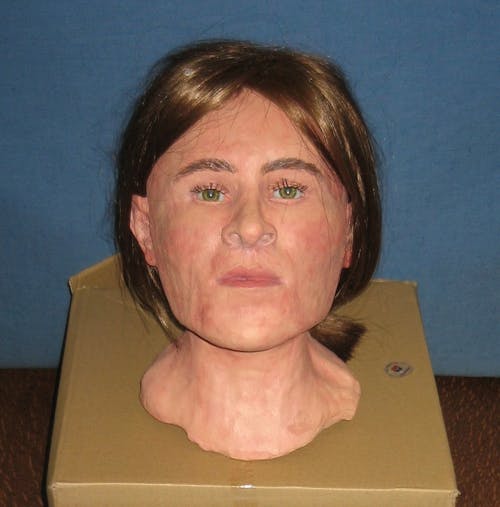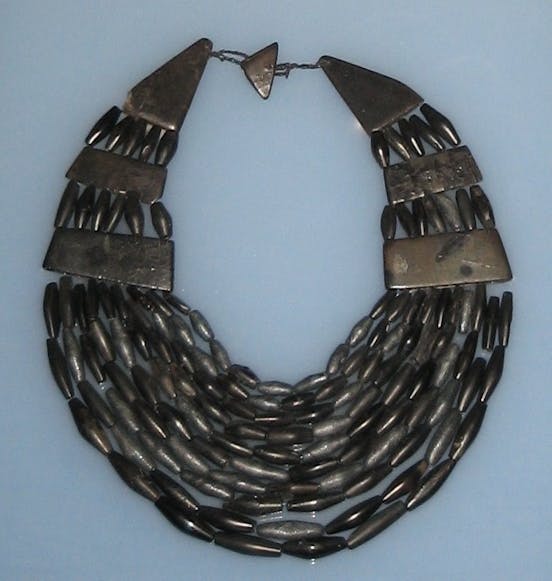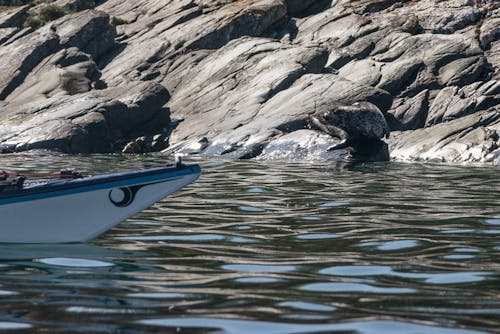
As you gaze out of the windows of Seaview Cottage and take in the stunning views, you will see the small island of Inchmarnock. Here is a potted history…
Lying just off the west coast of the Bute is the small island of Inchmarnock. Its name, Inchmarnock, pays homage to a saint known as Marnock, or Mo-Ernoc in Gaelic, meaning "My Little Ernan," purportedly named after St. Columba’s uncle, Ernan, who accompanied him on his journey from Ireland to Iona.
The island is only 3.5 kilometres long, but don't be fooled by its diminuitive size, this little island has a rich and diverse history. Over the ages, it has served as a Bronze Age settlement, a resting place for Scottish warriors fallen in the Battle of Largs in 1263, and a training ground for the 9th Scottish Commando and French Canadians during World War II, preparing for the D-Day landings.
With its rugged coastline and dense coastal woodland, the island provided an ideal hiding place for smugglers, who reportedly frequented its shores in the 19th century. Legend has it that inebriated ladies from Bute were banished to Inchmarnock to sober up...what could have been so alarming about a few tipsy ladies? Mind you having seen a few hen parties in my time they might have had a point!
In 1960, local archaeologist, Dorothy Marshall, excavated three burial cists on Inchmarnock. Among them, one chamber revealed the remains of a woman, dubbed the 'Queen of the Inch'. Accompanying her were artifacts which gave some indication of her esteemed status—a lignite necklace and a flint knife, now on display in the Bute Museum**. (Lignite, is a coal like substance, formed over thousands of yeras from decomposed peat and plant matter.) Although her identity remains shrouded in mystery, forensic analysis in 2006 dated her skeleton to approximately 2000 BC, they were also able to confirm her local origins - so she was indeed a Brandane. A incredible facial reconstruction, displayed in the Bute Museum, gives us an opportunity to see what she may have looked like all those years ago. I always feel privileged to be able to get these amazing glimpses into how people lived so many years ago. I wonder, in centuries to come, will people look back at our civilisation and marvel at how we survived on such basic tools ?
Life on the island would undoubtedly have been very tough; there was no running water or electricity, and its inhabitants would have grappled with harsh winters and isolation. Despite this the island was farmed for many years and was once home to 41 people, the final residents only left in 1986…they certainly were a hardy bunch back then.
The island has changed hands a few times over the years, with one owner building the Port House that you see just along the shore from Seaview Cottage and a jetty for his ferry. There are still cattle kept on the island and they are ferried across at various times of the year, but for the most part it is a haven for birds and wildlife.
*Bute Museum – Well worth a visit. The quaint museum is packed full of interesting items, which offer a window into the rich history of Bute and Inchmarnock. It is well worth adding it to your itinerary.




